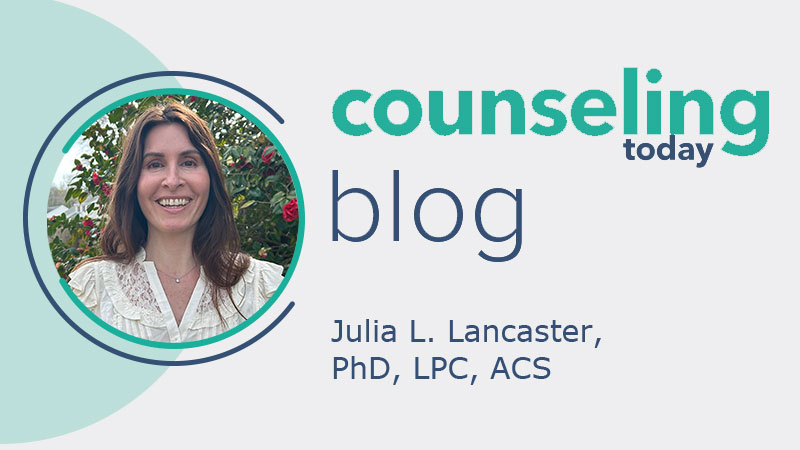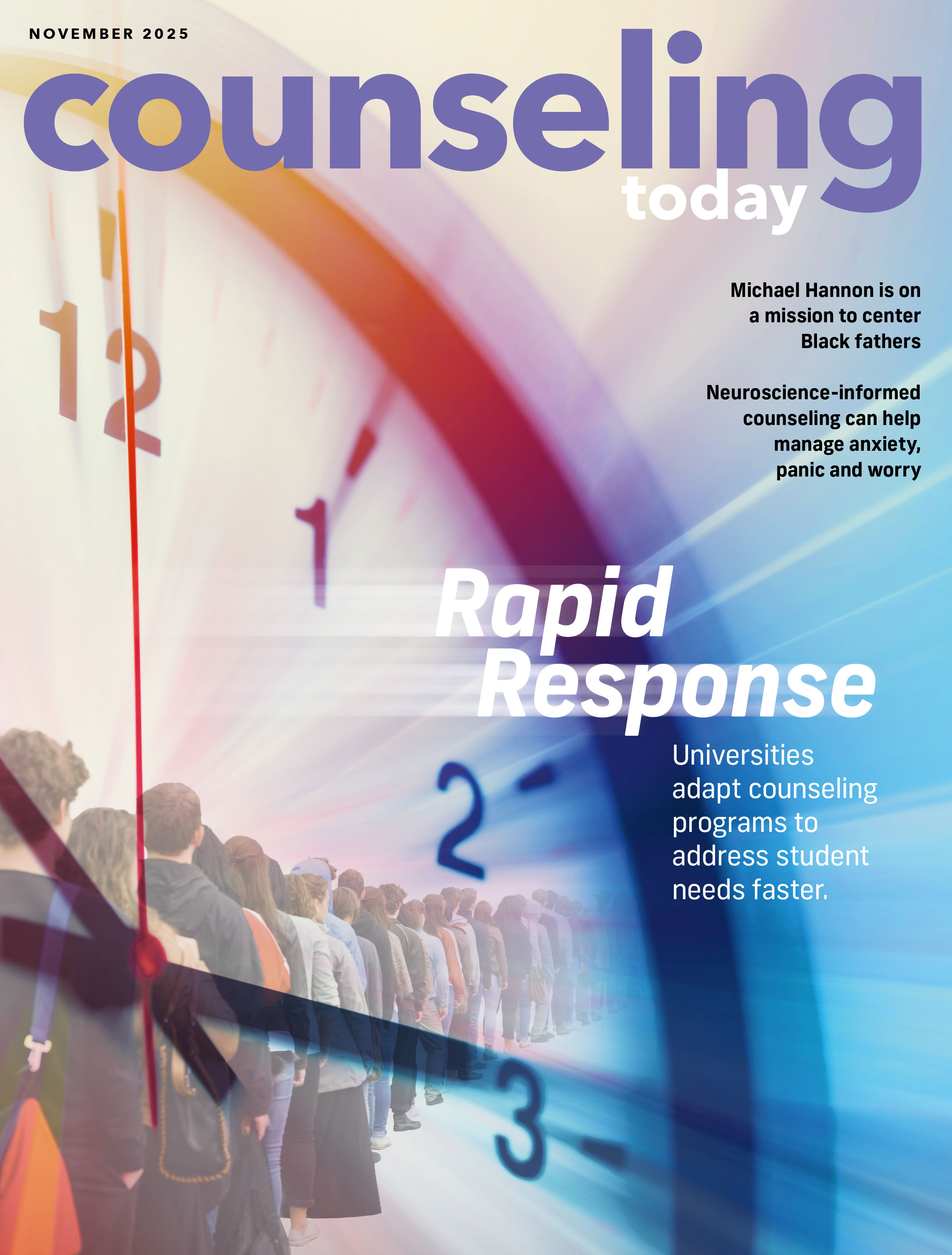What World Wide Web Brain Gets Wrong for People with Anxiety
 By Julia L. Lancaster, PhD, LPC, ACS
By Julia L. Lancaster, PhD, LPC, ACS
I often feel anxious when unexpected changes occur and focus on the negative effects those changes might bring. The latest instance happened less than a week into my youngest daughter’s junior year of high school. Since ninth grade, her grades had reflected ongoing emotional struggles, and she told me she couldn’t return to in-person classes and wanted to transfer to an online school.
I felt dizzy thinking about all the possible changes. Suddenly everything felt connected to everything. Would this affect her personal development? Would she still be able to succeed academically? Would she be able to self-advocate and negotiate with faculty? Would she be affected by losing time with friends? All these worries felt intertwined — and they were all focused on this singular decision.
World Wide Web Brain
I’ve come to think of this type of thinking as “World Wide Web (WWW) brain,” a cognitive processing style and forecasting error in which people feel everything is connected. WWW brain can be a metaphor for the fear and anticipatory characteristics of anxiety.
It got me thinking. How could I act as my own counselor to calm my racing thoughts? After all, if a client came to me with worries about their child switching schools, I would not advise them to spend their time worrying. I asked myself, “If a client presented me with this issue, what advice would I give them?”
Finding Structure
First, I thought finding a theoretical model would provide a structure to guide my daughter’s decision. After spending an evening searching for and considering several options, I settled on the “Eight Dimensions of Well-Being” model. I planned to type the eight dimensions and leave space for her to insert two examples per dimension and two additional columns for short- and long-term goals. In the midst of navigating the many practical tasks and details necessary to switch schools, sitting with pen and paper to adapt this model felt useful for calming my WWW brain. I could then focus on being my own counselor.
Being My Own Counselor
My training dictates first actively listening to my client’s concern and understanding their contextual narrative, so for a few minutes I put my computer aside and simply sat with the possibilities this change might bring.
Then, I might start searching for online resources together versus leaving the client to do this after our session. With my new questions, I searched for online schools and read through forums for parents.
Once the client has newer information and resources, I would have them focus on a solution-focused technique known as “flagging the minefield,” in which they list foreseeable setbacks to generalize what they learned in session so they can apply it to future situations. On paper I listed familial support and alternative methods for working from home.
Finally, I might try to ease a client’s fears by reinforcing that feelings don’t necessarily predict the entirety of an outcome. Consequently, I thought about previous times my feelings made me certain a specific outcome was guaranteed.
It turned out a lot of my worries had been unfounded. Once my daughter started online classes, I watched her succeed in many ways, such as by taking on increased responsibility, talking more in class, participating in group projects and expressing her needs. She began to thrive more in her new virtual environment than when she had been learning in person. While working, learning and living together seven days a week presents challenges, we have learned to say what we need in this shared space. WWW brain had not been completely accurate, and it didn’t foresee the big picture — such as her success or the joy of sleeping in without early mornings and school traffic.
Note: Opinions expressed and statements made in this blog do not necessarily represent the policies or opinions of ACA and its editors.

